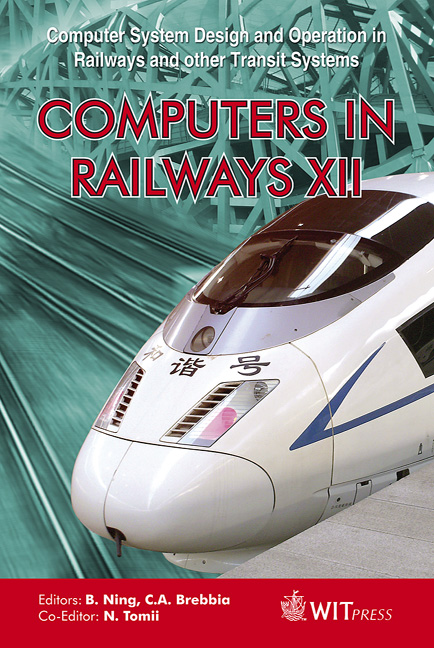Simulation Of A High-speed Train Control System Based On High Level Architecture And Its Credibility Analysis
Price
Free (open access)
Transaction
Volume
114
Pages
13
Page Range
45 - 57
Published
2010
Size
3243 kb
Paper DOI
10.2495/CR100051
Copyright
WIT Press
Author(s)
Wei ShangGuan, J.-Q. Chen, B. Li, L.-N. Guo, M. Li & L.-Y. Chen
Abstract
The study of the simulation of a high-speed train control system has great significance for the realization of a train control system. This paper studied the basic theory of a high-speed train control system in China. Based on the theory and structure of HLA (High Level Architecture), multi-resolution modelling, simulation real-time management methods and the system architecture of a highspeed train control system simulation was studied systematically, and the simulation result of the on-board vehicle and field centre equipment was shown. With the aim of establishing the credibility of simulation, the methods of VV&A, qualitative and quantitative RAMS analysis and system fault injection were studied, which improved the credibility of high-speed train control system simulation. Keywords: high-speed train control system, HLA, high level architecture, credibility analysis, multi-resolution modelling, fault injection. 1 High-speed train control system The Chinese railway department makes a set of CTCS standards that are fit for Chinese actual conditions by referring to the ERTMS/ETCS standards .The CTCS standards have made an overall technical program and master plan for the great-leap-forward development of China’s railway signalling system. CTCS is classified into five grades, from CTCS-0 to CTCS-4. Its structure is made up of the railway transport management layer, the network transport layer, the ground equipment layer and the on-board equipment layer [1, 2].
Keywords
high-speed train control system, HLA, high level architecture,credibility analysis, multi-resolution modelling, fault injection





